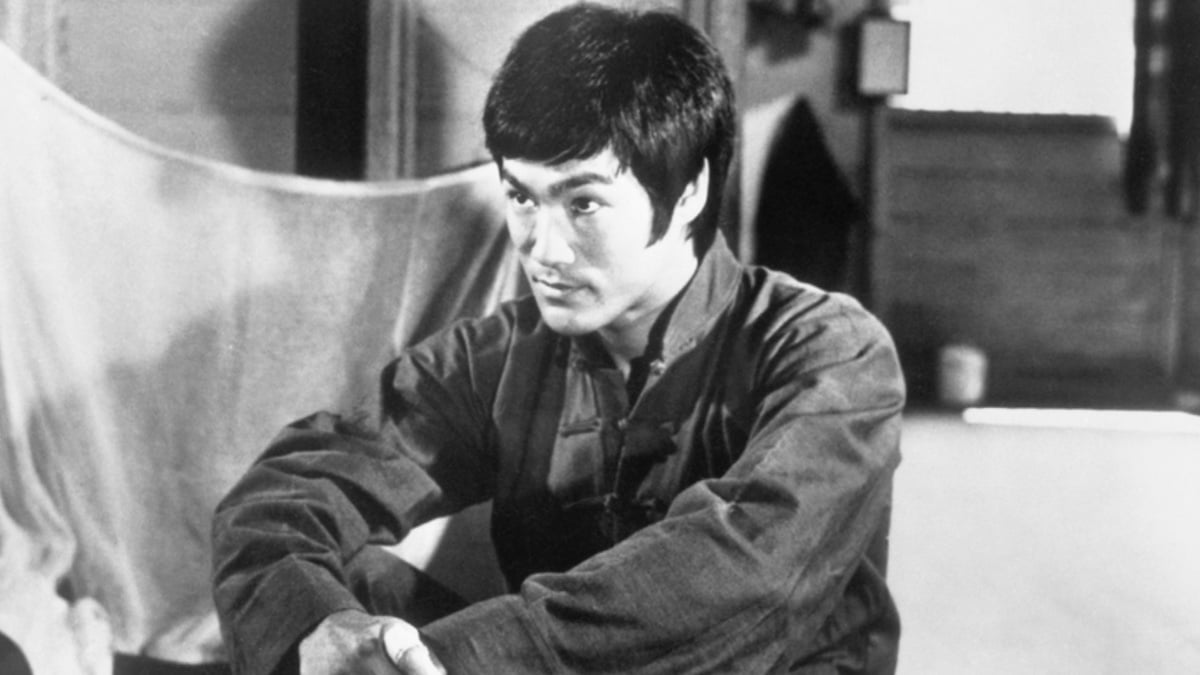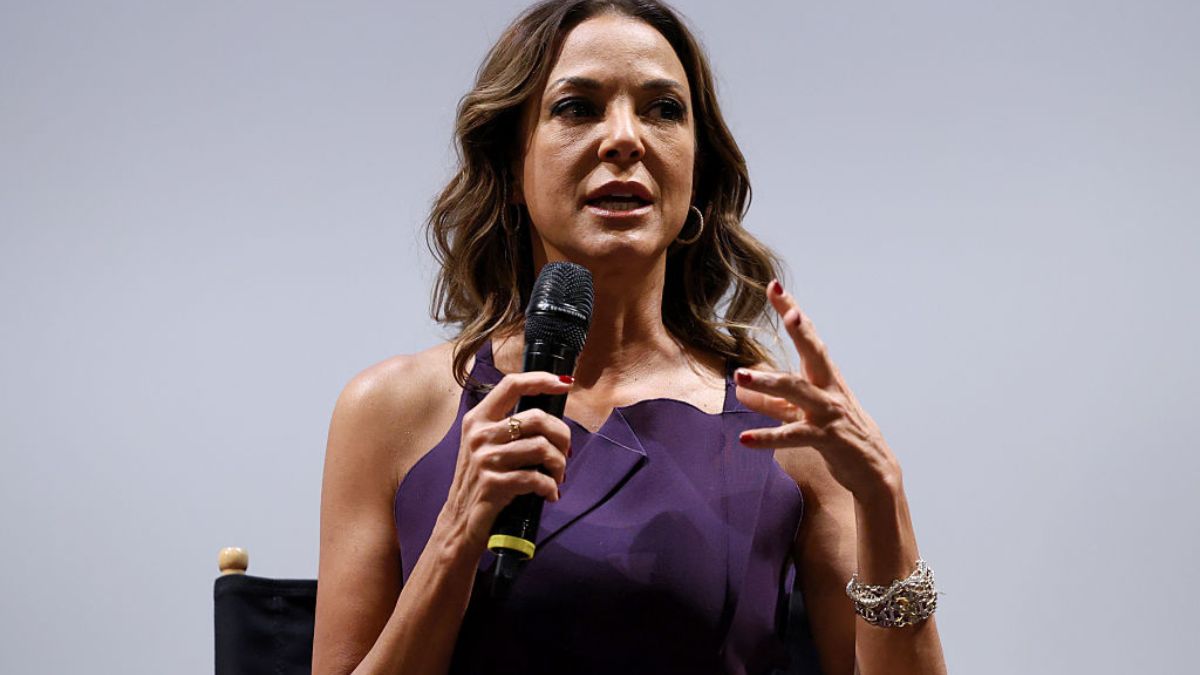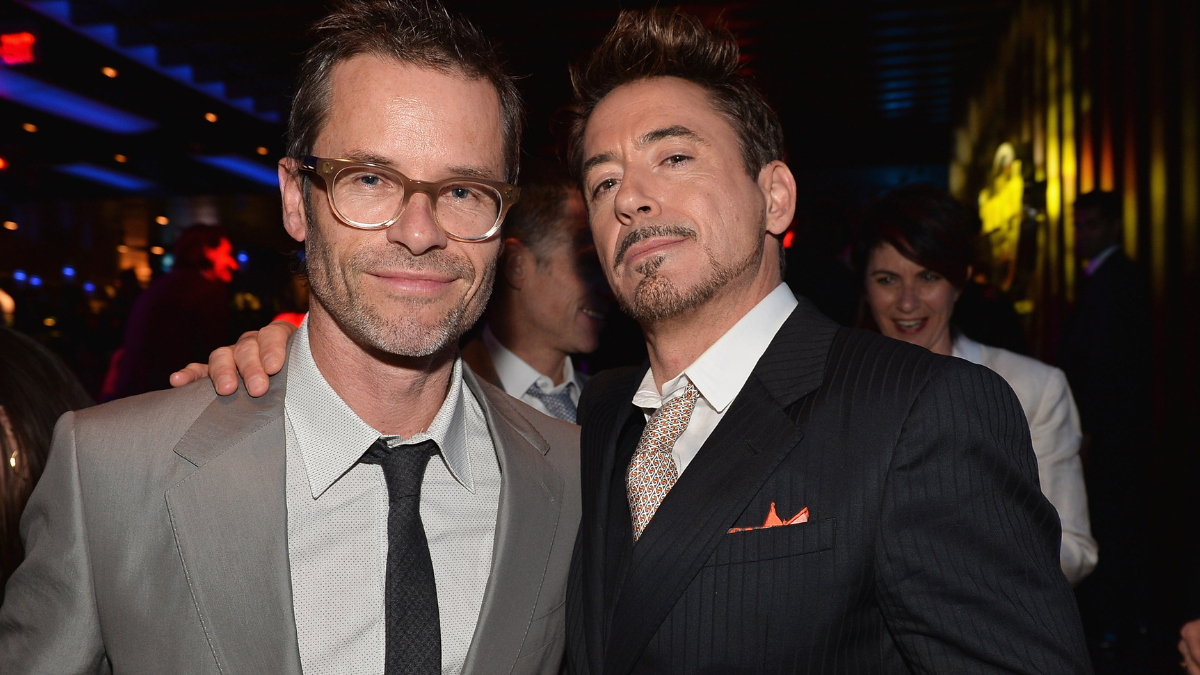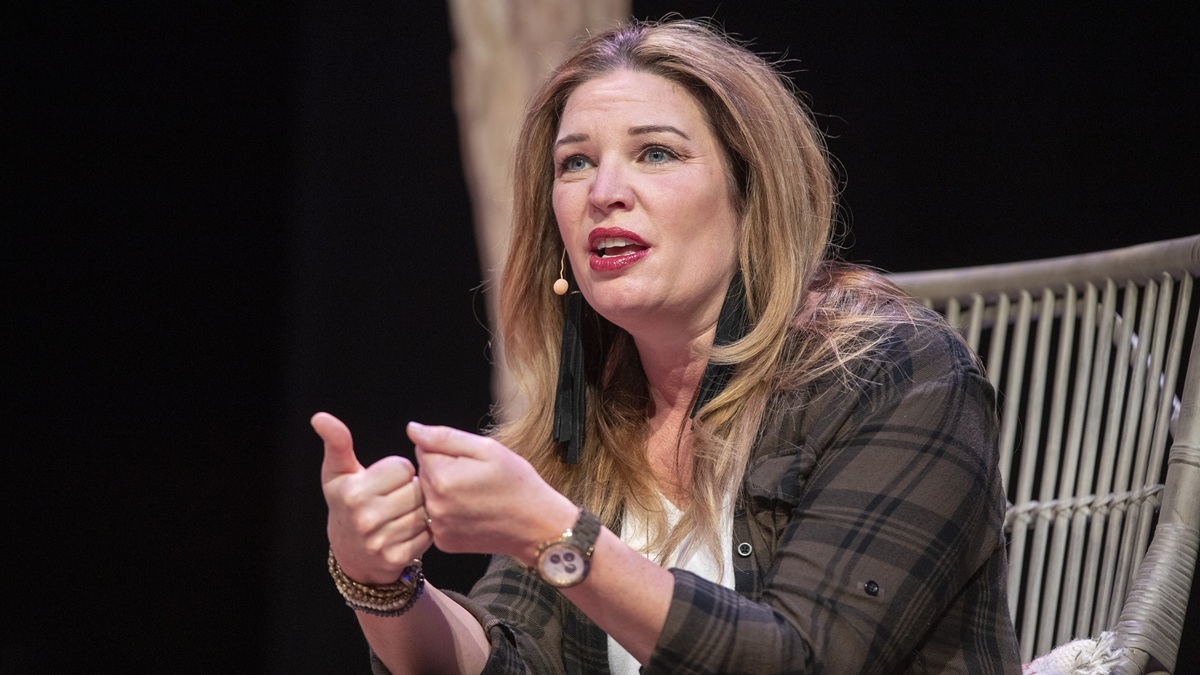George Lazenby had just left a restaurant in Kowloon, Hong Kong, where he dined with Golden Harvest founder Raymond Chow. The former James Bond actor was discussing with Chow the details of their next film that would pair him with Bruce Lee. Enter the Dragon, a Golden Harvest co-feature with Warner Bros., was about to be released and it was expected to make Bruce Lee a star in America.
Lee was already a star in Hong Kong thanks to his groundbreaking kung fu films that are still revered to this day.
The next film would be promoted as “Bruce vs Bond.” The idea was too good to pass up, and Bruce knew it. He was excited about the idea, but couldn’t make it to dinner because he was not feeling well. When Lazenby returned to his hotel that night, he learned that Bruce Lee had died.
That was 50 years ago on July 20, 1973. Yet, Bruce Lee’s impact today is arguably stronger than ever.
Here’s the story of how Bruce Lee shot to fame and how he continues to inspire the world, with information gathered from numerous biographies and documentaries, including I Am Bruce Lee.
How It All Began
A month after his passing, Enter the Dragon topped the U.S. box office as the first ever Hollywood kung-fu film. It was a year of kung-fu mania in America, with numerous Hong Kong martial arts pictures taking over the box office. Enter would re-enter the top spot in October and ultimately become the fourth-highest grossing film of 1973 and the single highest grossing martial arts film of all-time, still true 50 years later.
However, it was several years earlier, in 1966, when Bruce helped grow the popularity of martial arts thanks to his role as Kato in the ABC televisions series The Green Hornet. Lee utilized martial arts in numerous episodes but he also appeared in the 1969 film Marlowe, where he decimates James Garner’s office in one memorable scene. He had appearances in other TV series’ as well, including Longstreet in 1971, and was the fight choreographer on a number of films, including The Wrecking Crew.
Lee was actually born in San Francisco in 1940, thanks to his father, Lee Hoi-chuen, being a Cantonese opera singer who often travelled to the U.S. for performances. Bruce was raised in Hong Kong and studied martial arts, most famously under the guidance of his Wing-Chun teacher Yip Man.
Lee, confident in his skill after winning a martial arts tournament, got into trouble numerous times, not the least of which was when he beat up a fellow teenager only to later realize he was the son of a high-ranking police officer. Partly motivated to get him out of trouble, and to send him back to the U.S. before his potential chance at birthright citizenship would expire, Lee’s father convinced Bruce to move to the States at age 18, though with just $100 in his pocket.
This was despite the fact that Lee, thanks to his father’s connections, grew up as a child actor in Hong Kong. Some people thought he was destined for film, though what lay ahead when he moved to America in 1959 was anybody’s guess.
Coming To America
Shortly upon arrival in the United States, Bruce Lee ended up in Seattle, where he washed dishes for money, but also taught kung fu. He also fell in love with Linda Emery, and they married in 1964.
They moved to Oakland, California, where Bruce opened a kung fu school called the Jun Fan Gung Fu Institute, but allegedly received backlash from martial arts teachers of the Chinese community there, especially in San Francisco. They protested Bruce breaking the unwritten rule forbidding the teaching of martial arts to non-Chinese. According to numerous accounts, they ultimately challenged Bruce to a fair fight. If he were to lose, he would have to give up teaching, but if he were to win, he could continue to teach. Bruce had no doubt he would win, so he agreed to the challenge.
His opponent would be the highly regarded martial artist Wong Jack Man. The fight lasted 3 minutes, so claims Linda Lee, and in favor of Bruce who — despite victorious — was disappointed that he didn’t finish his opponent more quickly. It inspired him to create a new martial art he called Jeet Kune Do, which means “The Way of the Intercepting Fist.” Meanwhile, Wong Jack Man went on to become an accomplished martial arts teacher and a master of Taijiquan.
A Star Is Born
Bruce Lee’s martial arts movie stardom began when he visited Hong Kong in 1971. Raymond Chow found him and told him he was a big star in Hong Kong, and not just because he had been a child actor, but mostly because of The Green Hornet series. Chow believed that Lee was going to be the next big star in Hong Kong, and signed him to a movie deal with his brand new film company, called Golden Harvest. The first film they made together, The Big Boss, quickly became the highest-grossing film in Hong Kong history, but the record only stood until Bruce’s next film, Fist of Fury, released in 1972. It’s a film that many — including myself — consider his best work, as I detailed an earlier article.
It led to him writing and directing his next film, called Way of the Dragon, which featured a showdown final fight in the Colosseum in Rome between Lee and real-life American Karate Champion Chuck Norris.
When Bruce began filming Game of Death, Hollywood called. They had taken notice of the star, and wanted him to star in a film that would become Enter the Dragon.
The Shocking End
Sadly, Bruce never got to see how successful Enter the Dragon would become. His untimely passing affected so many that an estimated 10,000 people lined the streets in Hong Kong for his funeral.
His death was shocking; a perfectly in-shape 32-year old man dying suddenly made little sense to anyone. Lee died of cerebral edema, which is the swelling of the brain, though some recent theories suggest a type of kidney failure. Whatever it may be that caused his passing, it doesn’t change the stunning reality of Bruce’s young life being taken away.
Here’s an odd but truthful statement: Bruce Lee never experienced his own fame. He was a star in Hong Kong, but his passing marked the beginning of his worldwide mega-stardom.
At first, people missed him mostly for his films and, as a result, Bruce Lee imitators sprang up everywhere. It was a kung fu film boom in the U.S. and the mid-1970’s “Bruceploitation” era was born. Dragon Lee, Bruce Li, Bruce Lai, Bruce Lei, and endless others all took advantage of the demand. It lasted for years until Hollywood decided to complete Bruce Lee’s unfinished film, called Game of Death.
This was partly motivated by the fact that when Lee had begun filming, he started at the end. He thus only filmed the last three fight scenes, and that’s what the movie would build up to, though it would mostly star Bruce Li. The studio threw away Lee’s script for a lesser one and significantly edited the final fight scenes, cutting out two other actors entirely who had significant roles. However, the uncut half hour version of the footage is exceptional, and was released as part of a documentary released in 2000 called A Warrior’s Journey.
The Impact of Bruce Lee
Bruce Lee was far ahead of his time in regards to film. His techniques hadn’t been used in martial arts movies before, especially his commitment to more of a realistic style of choreography. However, the reason for his continual relevance is likely because Bruce Lee was also far ahead of his time in his worldview; he was, at his core, a philosopher. He was not merely an instructor of martial arts but — as many of his famous students have said — a teacher of life. People who knew him remember him as a kind individual, smiling glowingly and able to connect with anyone, despite his butt-kicking prowess.
In several documentaries, including I Am Bruce Lee, numerous people explain how he inspired them. They range from people who knew him personally, to people who were born after he passed away. They include actors, musicians, dancers, fighters, and athletes, a range of professions that reflected the students he teached, such as famous actors Steve McQueen and James Coburn, and even NBA Hall-of-Famer Kareem Abdul-Jabbar.
Lee is the author of several books published posthumously, thanks to extensive notes he made in his lifetime, including the extensive texts that became Tao of Jeet Kune Do, and a collected book of his quotes, called Striking Thoughts.
His many meaningful quotes are still shared today, especially on social media. Perhaps my favorite is this one: “The key to immortality is first living a life worth remembering.”
Bruce Lee Lives On
What Bruce Lee was, drove his popularity in the early 1970’s. Who Bruce Lee was drives his popularity more today than it ever did before. His message is still meaningful, his thoughts on life are inspirational, and his words speak like modern day memes of positivity.
“When you say that something is impossible, you have made it impossible.”
The above Lee quote is a reminder for us all. He even said things that are very applicable to someone’s experience on social media today. “In order to realize our true self, we must be willing to live without being dependent upon the opinions of others.”
His wisdom still provides guidance. His life still provides inspiration. Even though it’s been five decades since he was last here, his impact will last much longer than that.
When asked by Pierre Berton at the end of a half hour interview in 1971 whether he thought of himself as Chinese or as North American, Bruce Lee responded, “You know what I want to think of myself as? A human being.” He then added, “Under the heavens, under the sky, there is but one family. It just so happens, man, that people are different.”
Thank you, Bruce Lee, for making this world slightly better, and for making us all realize that our greatest enemy is the lack of belief in ourselves — and that we need to kick that enemy’s butt every chance we get.











Published: Jul 20, 2023 01:24 pm